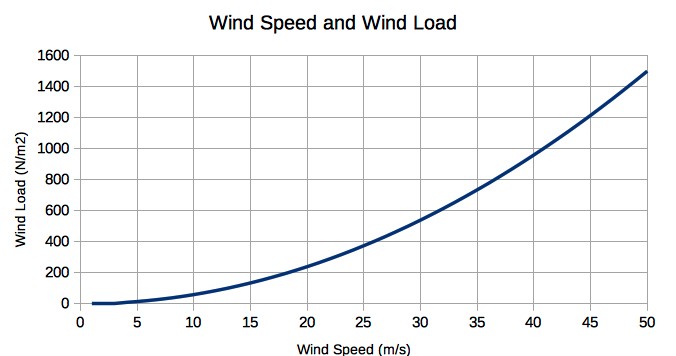The building’s facade firstly constitutes a barrier between the internal and external environment, as to protect the internal environment from rain, wind, and extreme temperatures.
The tall building facade and their fixings to the structure have to meet more stringent requirements than traditional building facade:
- High local wind velocities impose important water and air tightness demands and induce high suction forces.
- Dimensional tolerances are considerable due to the building’s inherent flexibility.
- Replacement or repair of non-fulling facade elements is expensive due to the limited access at great heights.
- The structural fixing to the structure deserves special consideration because of the danger of falling facade elements.
CBOARD Mare is a material being least water absorbing, compact, minimum porosity, high tensile and compressive strengths, high abrasion resistant, excellent freeze-thaw durability. Physical strengths and durability of the system are undisputable. Thanks to these features of the product, CBOARD Mare has been requested in the high-rise buildings as facade element.
When moving air - wind - is stopped by a surface - the dynamic energy in the wind is transformed to pressure. The pressure acting the surface transforms to a force.
Fw = pd*A
= 1/2*ρ*v*v*A
where
Fw = Wind force (N)
A = Surface area (m2)
pd = Dynamic pressure (Pa)
ρ = Density of air (kg/m3)
v = Wind speed (m/s)
The wind action is generally treated as a quasi-static load in structural engineering. A quasi-static approach of the wind load consists of applying static loads in static model which are multiplied by factors accounting for the dynamic behavior of both action and response.
For low-rise buildings, a full static approach using peak dynamic wind pressures yields conservative results, because of their high natural frequencies. Tall building design should always account for an assessment of the dynamic susceptibility to wind gusts because resonance between wind gusts and the structure’s free vibration can be considerably amplify the building response.
Wind pressure increases with building height and decreases with the roughness of the building’s surrounding. Large, nearby located structures can accelerate the local air flow hence increasing the wind-exerted pressures on the building surface. Local wind pressures do not present any resonance with facade elements. Nevertheless, the determination of reliable local wind pressure and suction is very important for the structural calculation of facade elements, such as claddings, and fixings. Wind suction is especially high near building discontinuities such as corners and roofs.
Practically all building codes consider the wind action as a quasi-static load. To allow a static structural calculation, factors are introduced accounting for the spatial and temporal averaging calculation of wind gustiness and the dynamic amplification of the building response.
High wind load resistance is an exceptional feature of CBOARD Mare System, its wind load strength is 400 kgf/m2. Furthermore, anchorage strength of the horizontal aluminum profile in the channel of the stone to the stone itself is measured according to relevant standard and it is found out that no physical loads in real life can pull out the stone from the aluminum.
